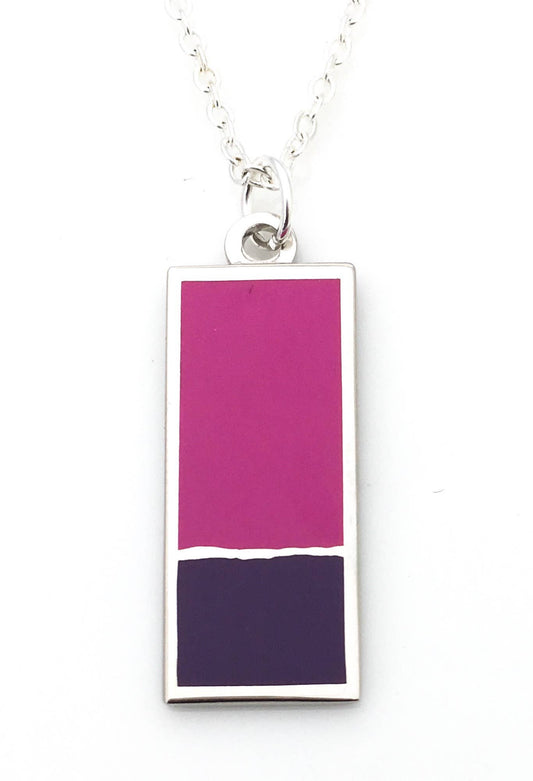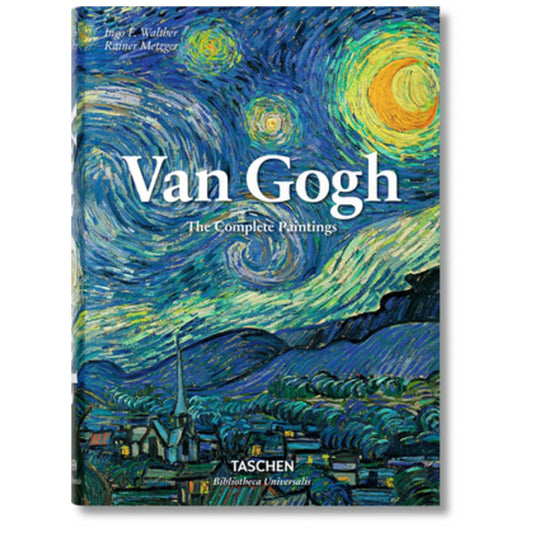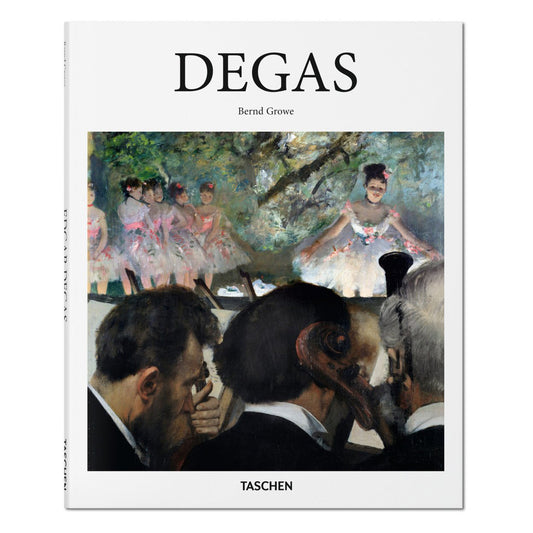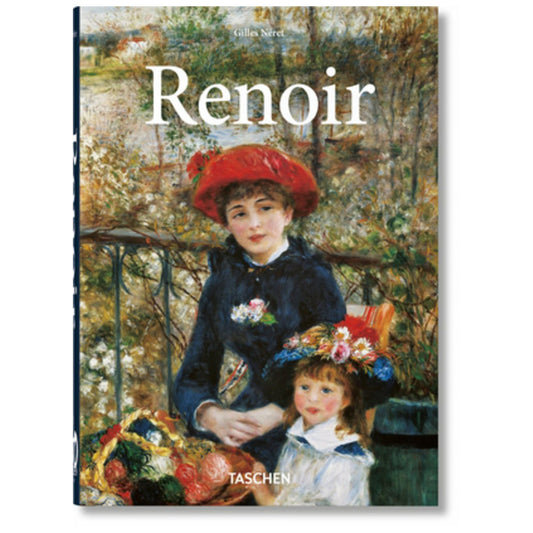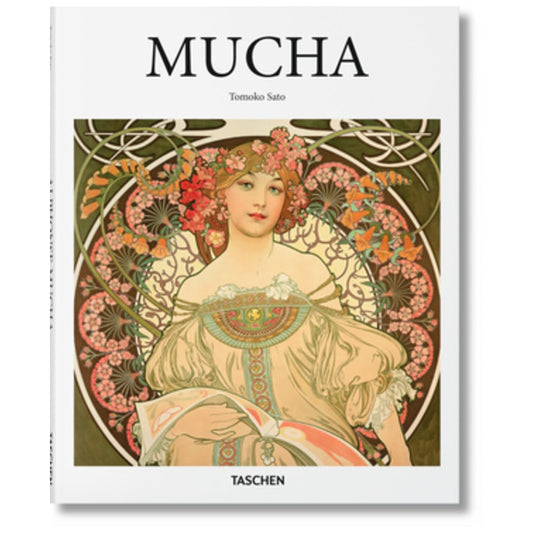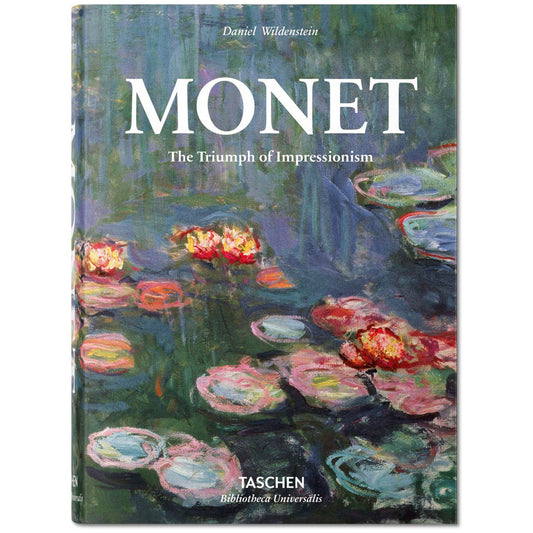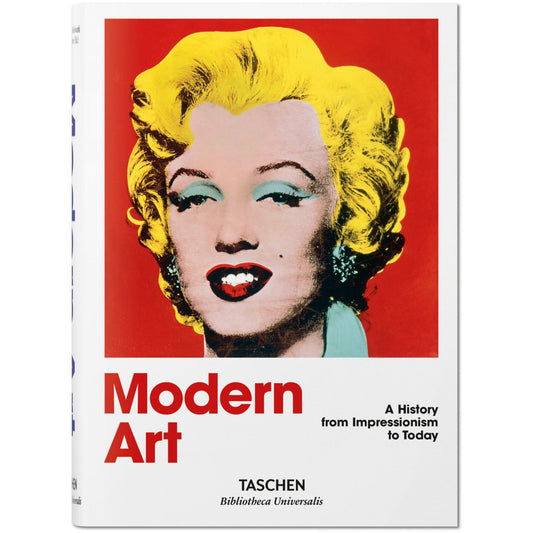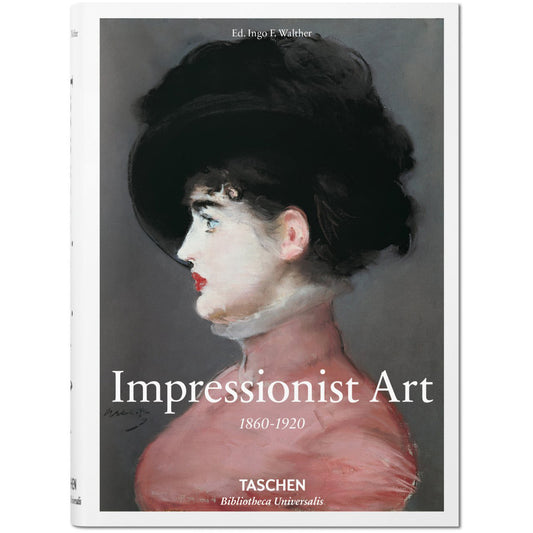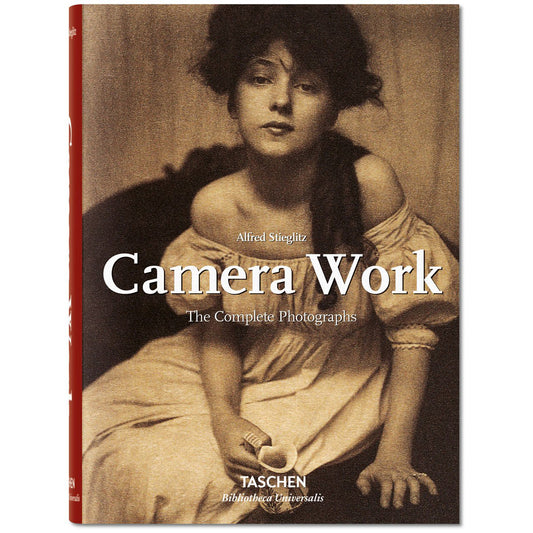Rothko
Rothko
Niedriger Lagerbestand
Verfügbarkeit für Abholungen konnte nicht geladen werden
Mark Rothko (1903–1970) widersetzte sich Interpretationen und Klassifizierungen und war ein prominenter Verfechter der vollkommenen Meinungsfreiheit des Künstlers. Obwohl er als einer der Hauptvertreter der in New York City entstandenen abstrakten expressionistischen Bewegung gilt, lehnte Rothko diese Etikettierung ab und bestand stattdessen auf „einer vollendeten Erfahrung zwischen Bild und Betrachter“.
Nach einem Repertoire figurativer Werke entwickelte Rothko seine heute ikonischen Leinwände mit kräftigen Farbblöcken in Rot, Gelb, Ocker, Kastanienbraun, Schwarz oder Grün. Mit diesen schimmernden, pulsierenden Farbmassen betonte Rothko, dass er die menschliche Figur nicht entfernt, sondern durch Symbole oder Formen ersetzt hatte. Diese intensiven Farbformen enthielten die ganze Tragik des menschlichen Daseins. Gleichzeitig bestärkte Rothko den Betrachter ausdrücklich im Ausdruckspotenzial seiner Arbeit. Er glaubte: „Ein Bild lebt von Kameradschaft, es wird in den Augen des sensiblen Betrachters größer und lebendiger.“
Von seiner frühen Entwicklung bis hin zu seinen berühmtesten Farbfeldern stellt dieses Buch den Intellekt und Einfluss von Rothkos dramatischem, intimem und revolutionärem Werk vor.
- Englische Ausgabe
Product Details
Product Details
- Product Type: Monographie, Gebundene Ausgabe
- 96 pages, with 100 illustrations
- Published in 2023
- Shipping Dimensions: 10.2 × 8.3 × 0.6 inches (25.9 × 21.1 × 1.5 cm)
- Shipping Weight: 1.24 lb (19.8 oz; 562 g)
- SKU: SKU: SKU010002453
- ISBN: 9783836504263
In these collections: Alle Produkte, Bücher & Medien, Geschenke unter 25 $, Markus Rothko, Monographien, Monographien der Basic Art Series, and Taschen.
Share








Über den Künstler
Mark Rothko
Mark Rothko (1903 - 1970) was an influential American painter known for his iconic abstract expressionist works. Rothko's artistic journey was marked by a gradual shift towards abstraction. He initially experimented with various styles, including figurative and surrealist elements. However, it was during the 1940s that he began developing his signature style characterized by large, rectangular color fields. These paintings, often consisting of softly blurred blocks of intense hues, were intended to evoke emotional responses and create a profound sense of spirituality and transcendence. Today, his profound contributions to abstract art continue to captivate audiences, with his large-scale paintings displayed in major museums and galleries around the world. Rothko's work remains an enduring testament to the power of color, form, and emotion in the realm of abstract expressionism.
Über den Author
Jacob Baal-Teshuva
Jacob Baal-Teshuva, born 1929, is author, critic and independent curator of museum shows. He studied at the Hebrew University in Jerusalem and New York University. His numerous publications include works on Marc Chagall, Alexander Calder, Jean-Michel Basquiat, Andy Warhol, and Christo and Jeanne-Claude. Jacob Baal-Teshuva lives and works in New York and Paris.
Mehr Mark Rothko
-
Mark Rothko 2024 Wandkalender
Normaler Preis $16.99 USDNormaler PreisStückpreis / pro$16.99 USDVerkaufspreis $16.99 USD -
Modernismus Halskette: Lila
Normaler Preis $45.00 USDNormaler PreisStückpreis / pro -
Mark Rothko: Paintings On Paper
Normaler Preis $45.00 USDNormaler PreisStückpreis / pro -
Mark Rothko Boxed Notecard Assortment
Normaler Preis $19.95 USDNormaler PreisStückpreis / pro
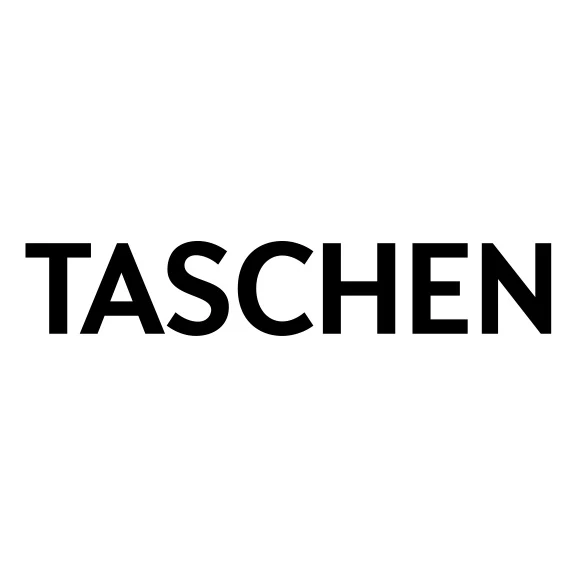
Über das Publisher
Taschen
For more than 40 years, Taschen has published high-quality art books. Whether in lavishly produced editions for collectors with nearly limitless budgets, or more compact editions with much more gentle price tags, Taschen never compromises on quality. Watch this video to learn more about how Taschen books are made.
Mehr von Taschen
-
Van Gogh: Die vollständigen Gemälde
Normaler Preis $25.00 USDNormaler PreisStückpreis / pro -
Edward S. Curtis. The North American Indian. The Complete Portfolios
Normaler Preis $125.00 USDNormaler PreisStückpreis / pro -
Monet: Der Triumph des Impressionismus
Normaler Preis $25.00 USDNormaler PreisStückpreis / pro -
Moderne Kunst: Eine Geschichte vom Impressionismus bis heute
Normaler Preis $25.00 USDNormaler PreisStückpreis / pro -
Impressionismus
Normaler Preis $25.00 USDNormaler PreisStückpreis / pro -
Kameraarbeit: Die vollständigen Fotografien von Alfred Stieglitz
Normaler Preis $25.00 USDNormaler PreisStückpreis / pro









